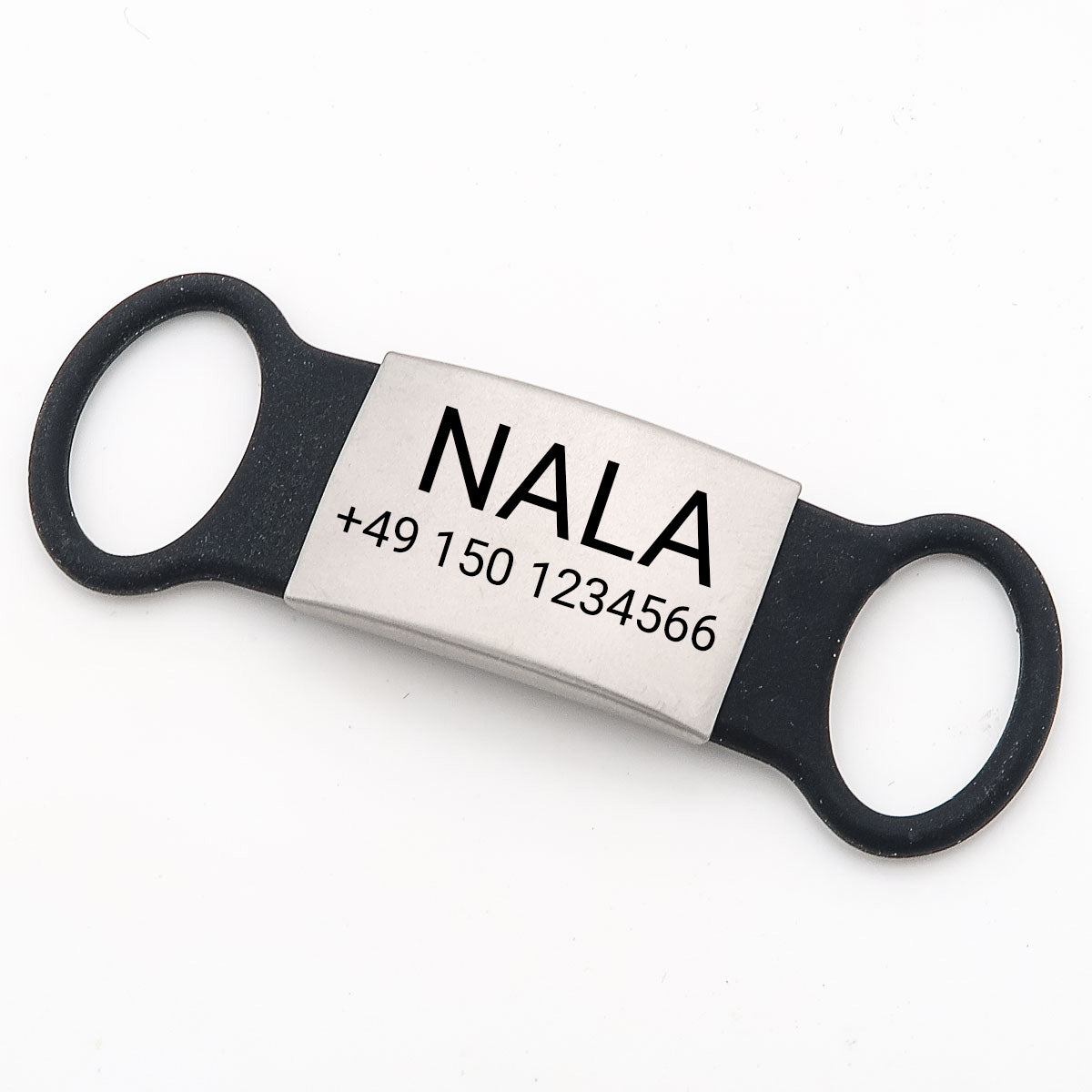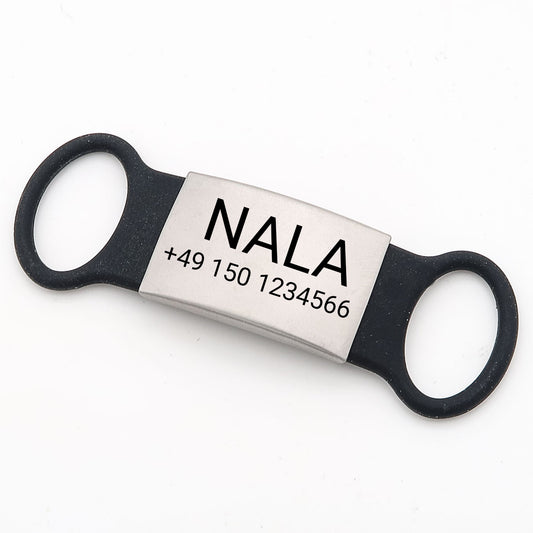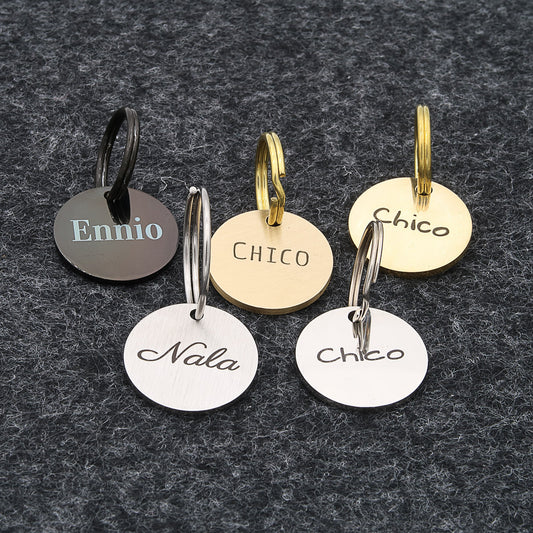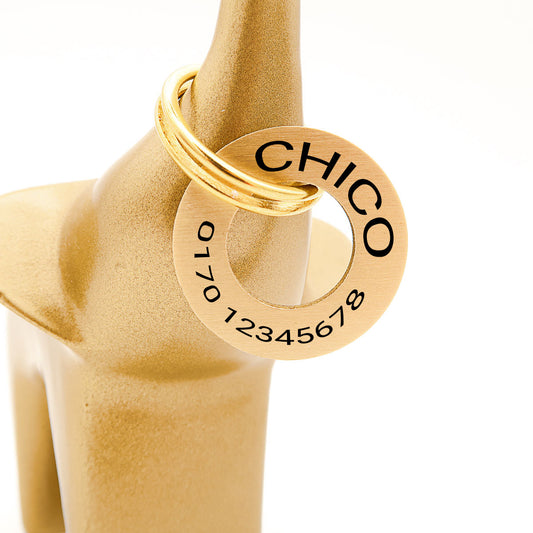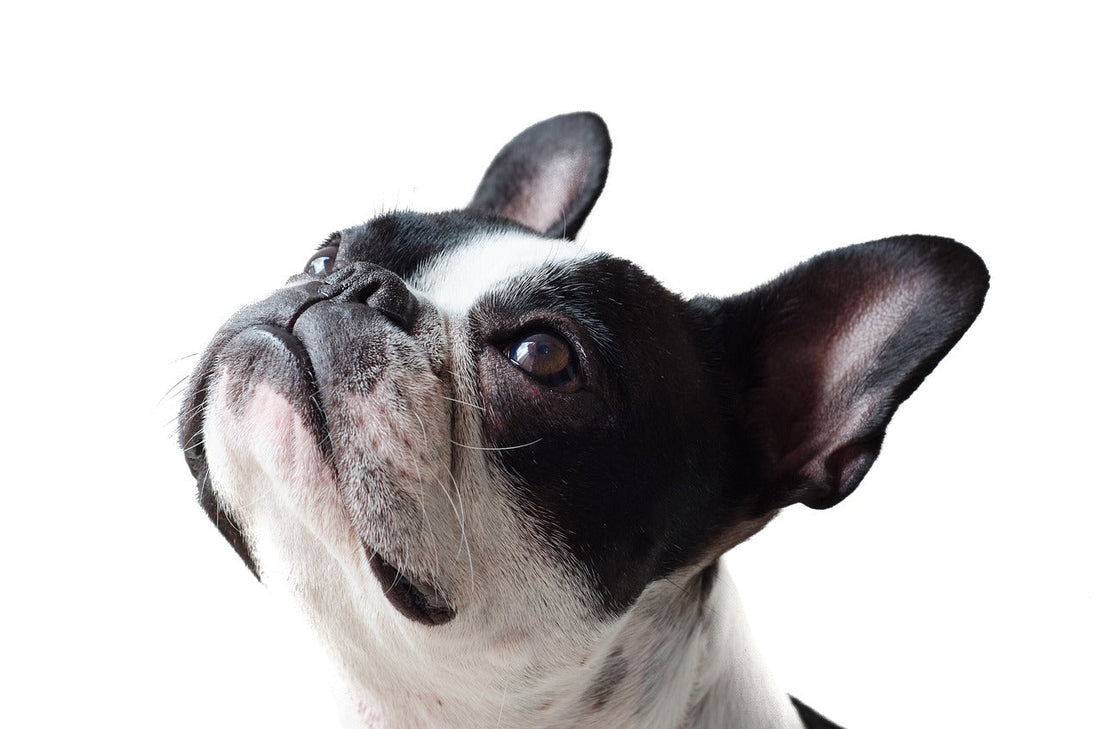
Food bags and treat bags for dog training - an indispensable aid
Share
For many dog owners, food bags or treat bags have long since become an indispensable part of dog training. These practical helpers not only offer the opportunity to reward the dog with treats, but also specifically promote retrieving training and other exercises. In this blog article, we take a closer look at the different types of food pouches, their uses in dog training and why they are so popular.
What is a food bag?
A food bag, also known as a prey dummy or food dummy is a small bag that is filled with food or treats. The bag can be thrown and the dog learns to bring it back (retrieve). This not only stimulates the dog's natural hunting instinct, but also its ability to listen to commands and only receive rewards after successfully completing a task.
In contrast to simple treats, which are given directly from the owner's hand, the food bag offers an additional challenge. The dog has to retrieve the bag and bring it back to get to the food. This makes the training more playful and effective.
Different types of food bags
There are numerous varieties of food and treat bags, which differ in shape, size and material. Some of the most common are
- Preydummy/Food dummy: This bag imitates prey and is ideal for dummy training. It is thrown and the dog learns to track it down, bring it back and only then receive the food.
- Snack bag/Treat bag: These smaller bags are often used when walking your dog. They provide quick access to treats to reward and train the dog during the walk.
- Food bag: A larger bag that is worn on the waistband, with a fastening clip or as a belly bag. It offers space for several pieces of food and is ideal for longer training sessions or walks.
- Gassi bag: It is not only used to store treats, but often also dog whistles, drag lines, dog waste bags and other training items.
Why food bag training makes sense
Training with food bags, also known as food bag training, is an excellent way to utilize the dog's natural hunting instinct. Dogs naturally have the urge to search for and catch prey. This instinct can be playfully encouraged by using a prey dummy. The dog is motivated to "hunt" the food and bring it back to its owner. This not only strengthens the bond between dog and human, but also promotes the dog's concentration and obedience.
Another advantage of food bag training is that it helps to keep the dog mentally busy. Retrieve training requires not only physical effort, but also mental effort. The dog has to concentrate on its human's command, find the bag and bring it back correctly. This mental challenge can be a good way of releasing excess energy, especially for dogs with a lot of energy.
Practical application in everyday life
Food bags and treat bags are not only suitable for targeted training, but are also extremely practical in everyday life. During a walk, treat bags can be used to reward the dog for good behavior or to get it to pay attention when distracted. A quick reach into the bag is all it takes to give the dog a treat when it listens to a command or masters a situation in which it would normally be distracted.
The food bag can also be put to good use indoors. For example, you can play search games or tugging games with your dog to keep him mentally occupied indoors. The bag is hidden and the dog has to find it. This type of game is not only exciting for your four-legged friend, but also helps to develop his nose for food.
What to look out for when buying a food bag?
There are a few important aspects to consider when buying a food bag to ensure that both dogs and humans enjoy it:
- Material and workmanship: The bag should be made of robust material that can be held by dog teeth without tearing immediately. Good workmanship is also important so that seams and cords do not wear out quickly.
- Closure system: Many food bags have a Velcro fastener or cord to hold the food securely in the bag. A secure closure is important to prevent the dog from reaching the food prematurely.
- Fastening: A practical food bag should be easy to attach to the waistband or the leash. A carabiner or a sturdy fastening clip are ideal here.
- Cleaning: As food and treat bags regularly come into contact with moisture and food, it is important that they are easy to clean. Washable materials or bags that can simply be rinsed out are particularly practical.
The correct use of food bags
To make training with a food bag successful, it is important to follow a few basic rules:
- Keep control: The dog should not just take the bag and get the food out. It is important that he returns the bag on command and only then receives his reward.
- Dose rewards: Not every successful return has to be rewarded with food immediately. Vary the rewards to keep the dog motivated for longer.
- Minimize distractions: Especially at the beginning of training, the dog should have as few distractions as possible so that it can concentrate fully on the task at hand.
Conclusion
Food bag, Preydummies and treat bags are not only practical helpers in everyday life, but also valuable training tools for retrieving and other dog sports. They encourage the dog's natural hunting instinct and help to make the dog's life more varied and exciting. Whether on walks, in dog training or during search games at home - food bags and similar aids have become an indispensable part of modern dog training. The important thing is to choose the right bag for your dog's needs and to approach training with fun and patience.
Image by Jose Luis C.R. on Pixabay
